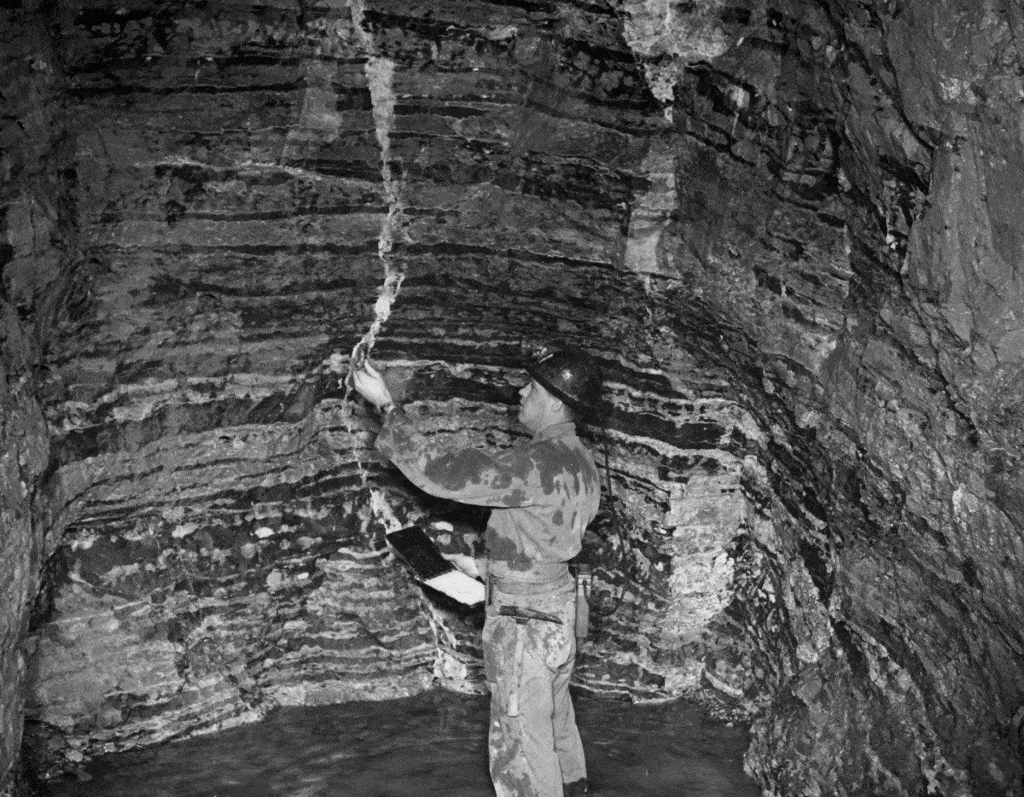The following is first-person oral history from Jim Hewitson as told to David Nicholas. It is the second article in an occasional series on Jim Hewitson’s life.
Welcome back to my next article detailing a most unique classroom setting. A quick recap before continuing. I was the third generation in my family to work in Park City’s mines. I followed the example set by my grandfather, my father, and three of my five older siblings. The first time I was introduced to working below ground my professional destiny was set.
After graduating from Park City High School in 1965 I enrolled at the University of Utah (the U) studying math and science. Based upon my high school grades, I qualified for a partial academic scholarship. That being said, I needed to work to cover the total cost of attending the U. That topic will be the subject of a future article.
Entering junior year I had to declare my major. I chose Mining Engineering and transferred to the U’s mining school. Second term junior year Underground Surveying loomed as a mandatory course. Including myself, six students registered for the class. However, there was a problem – the university’s laboratory was unavailable. No worries – the U made arrangements to conduct the course at the Mayflower Mine (exit 8 eastbound on today’s US Route 40). Our “classroom” would be located at the 1,630-foot level of the mine.
The Mayflower Mine was the last Park City area mine to open (1929) and the second last to close (1972). The mine’s heyday proved brief – eleven years. These “glory years” resulted from the formation of a joint venture between New Park and Hecla Mining in1961 and the discovery of significant gold deposits. Hecla was an engineering and financial powerhouse and remains so today. The Mayflower was non-union and solidly profitable until it closed. It was wet like other Park City mines but was, unusually, hot. Operations below 1,800 feet required air conditioning.

Credit: Park City Historical Society & Museum, Beryl Ott and Tura Holm Springer Collection
Okay, back to the survey class. Besides the benefit of studying in a real-world scenario there was another bonus: Professor John Cone would be our instructor. In the U’s mining program, he was a legend – both as an exceptional instructor and leader. Professor Cone had earned the equivalent of a master’s degree from the Colorado School of Mines – one of our industry’s most revered institutions.
In our first meeting (January 21, 1969) he did not disappoint. Four handouts were distributed. The first explained his expectations for us and the challenge and opportunity of conducting lab work in a producing mine. Passing this mandatory course required proficiency in the following disciplines:
- How to conduct an underground survey.
- Flawless execution of survey calculations (under adverse ambient conditions).
- Mastery of techniques to plot the results on a map.
- The ability to take detailed and durable notes (with the understanding that such data might prove invaluable in a lawsuit and/or other civil proceeding).
- Adherence to the Mine’s safety protocols – no exception tolerated.
The second list detailed the equipment and/or gear required to conduct a class in a working mine:
- Diggers (waterproof outer garments and thermal underwear)
- Hard Hat
- Safety Glasses
- Steel Toe Rubber Boots
- Cap Lamp (miner’s light)
- Cap Lamp battery pack (minimum eight-hour charge)
The third list defined classroom essentials:
- Text Book – “The Principles of Mine Surveying”
- Transit (scope on a tripod)
- 100-foot steel tape
- Eight-foot steel tape
- Plumb Bobs
- Hard Lead Pencils
- Field Notebooks
The fourth and final list defined “where” the above gear and classroom essentials could be procured. For list number two, work clothes were available from either Sears and Roebuck or JC Penny; For the remaining items, the Mine Safety Appliance Store (MSA) in Salt Lake City. List number three, items 1, 6, and 7 could be obtained from the U’s bookstore. The remaining equipment came courtesy of the U’s Mining Department – also referred to as “Cone’s cache”.
Professor Cone concluded our introductory session stating that if we had difficulty obtaining the required materials to let him know, as he was happy to help. Over the next three months we’d meet six Saturdays at 7:30 a.m. at the Mayflower Mine for four hours each. Our first lab session was scheduled for February 1.
This story will be continued next week.